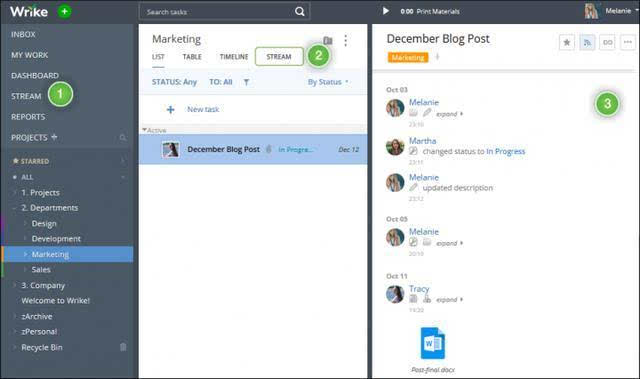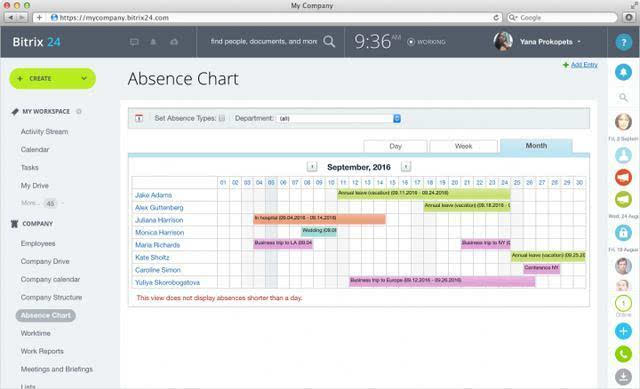Picture this: You’ve arisen from a deep slumber feeling refreshed, only to find a slew of payment alerts waiting in your inbox. Holding a steaming cup of brew, it dawns on you – you’ve been earning while you were off in dreamland. Does it seem like an unreachable reverie, too good to be true?
Nope! It’s real and well within your reach. Thanks to the world wide web, the dichotomy between work and play has been redefined. The notion of amassing online passive income isn’t a privilege left to a small number of lucky people. It’s a very real, tangible concept, grasping which can turn this appealing idea into a realistic income-boosting venture. Yearning for the power of absolute financial independence or just want a few extra bucks to finance your desires? Our journey into the world of passive income will have you uncovering a wealth of opportunities that you’ve unlikely thought of before. Buckle up, the road to fiscal freedom commences here.
Introduction:
We’re living in an era ruled by digital innovation, and the enticement of passive income has never been more tempting. The prospect of money trickling in while catching some zzz’s or travelling the world piques curiosity and is an ambition many are keen to chase. Diversifying income streams and harnessing online opportunities can proffer the kind of financial liberty and flexibility that conventional employment venues often fail to extend. In this article, we will debunk nine enticing ideas for generating passive income online, each carrying its unique potential and hurdle.
1 Owning Stocks and Shares:
A timeless method of passive income generation is becoming a stakeholder in companies by investing in stocks and shares. Undoubtedly, you’re tapping into a part of the company profits by earning dividends as a shareholder. An attractive choice would be dividend stocks which promise a steady stream of income. Consider putting your money in steadfast entities like Procter & Gamble or Coca-Cola. They are famous for rewarding their shareholders by consistently paying dividends. Also, diversifying your investment portfolio through different sectors and industries can lessen the risks and maximize potential returns. For novice investors, robo-advisors – automated digital platforms – can simplify the process of managing investments.
2 Kickoff a YouTube Channel:
YouTube provides a dynamic online stage to generate passive income through content development. The indispensable initial step is selecting a niche resonating with your interests and expertise. Let’s pick “Gourmet Makes” by Bon Appétit as an example. This channel recreates renowned snacks and has garnered a loyal following. It’s crucial to unlock various income streams, including ad revenue, merchandise sales, branded content, and affiliate marketing. This strategy, along with optimization of your videos for higher ad revenue and nurturing viewer engagement, can aid in constructing a durable and substantial passive income source over the long run.
3 Initiate a Podcast:
Podcasting supplies an alternative direction towards passive income, often necessitating less visual content creation, compared to YouTube. Taking the podcast route means zoning in on a topic close to your heart and investing in essential tools, including microphones and recording software. Podcasts can ear passive income more through listeners’ donations, premium content, and sponsorships, rather than YouTube. Just take “The Tim Ferriss Show” as a preeminent exemplar of a triumphant podcast. It boasts interviews with high-profile individuals and sponsored segments, providing a regular stream of passive income.
4 Encourage Affiliate Marketing:
Affiliate marketing is a potent tool for passive income. Just endorse products or services and earn referral commissions – simple as that. An established affiliate program, for instance, is that of Amazon Associates. By generating content such as product reviews or tutorials, you can cleverly include affiliate links. An engaged audience and authentic content can help promote these products, leading to a rewarding passive income. A prime example of this strategy is the Wirecutter website, which combines comprehensive guides and reviews, earning its revenue from affiliate partnerships.
5 Design Online Courses:
Developing and selling online courses can prove to be a profitable course for passive income. Recognizing a topic you’re familiar with and enthusiastic about is the starting point. Platforms like Skillshare give creators a chance to exhibit their expertise and earn money based on course views and engagement. A notable case is that of Ali Abdaal who shares productivity hacks on Skillshare. His courses have amassed a large following, successively generating consistent passive income. Quality content, engaging delivery, and addressing learners’ needs are keys to securing paying students.
6 Marketing Digital Products:
Marketing digital products such as e-books, icon sets, mobile apps, or website themes, can be a creative platform for passive income. However, to stand out in a competitive market, you’ll need to offer genuine value. Successful developers address problems their products can solve, like Canva which offers user-friendly design templates. By effectively marketing and solving pain points, you can build a user base willing to pay for your digital solutions. Balancing this enabled creators such as Joel Runyon to generate passive income by addressing niche requirements.
7 Create a Membership or Community:
A paid membership community can nurture a consistent flow of passive income. By offering exclusive content and value, a loyal set of patrons can be amassed. Patreon, for instance, facilitates creators to connect with supporters and receive recurring payments. An example is “The History Extra” podcast, offering a premium subscription for ad-free episodes and bonus content. Although building a considerable membership base requires time and consistent effort, the long-term benefits can considerably significant.
8 Build an Automated Business:
Building a business centered around goods and services, with certain aspects automated, can bring in passive income. E-commerce stores utilizing drop shipping or fulfillment centers exemplify this concept. Consider the instance of Oliver Proudlock who created a vegan leather goods brand. By refining operations and externalizing tasks, he transformed a labor-intensive undertaking into a semi-passive income source. The key to achieving long-term success is balancing the initial setup work with ongoing maintenance.
9 Develop software (Apps or Websites):
Development of Software, whether in the form of mobile apps or web platforms, can yield substantial passive income. Successful apps such as “Headspace” or “Calm” offer their users value, simultaneously generating revenue through subscriptions. Furthermore, web platforms like Shopify empower entrepreneurs to create online stores and automate various business processes. “Beat Ninja,” a medical admissions test question bank crafted by brothers, is an exemplary case. By offering an invaluable solution and automating customer engagements, they converted their effort into a passive income source.
Conclusion:
In the territory of passive income, not one solution fits all. As we’ve seen with these nine diverse ideas, you need to find the right avenue that aligns with your skills, interests, and resources. A combination of these strategies can create a robust financial foundation, bestowing upon you the freedom and flexibility to chase your passions while enjoying the advantages of passive income. So, make the leap, initiate your journey and unlock the gateway to a more financially secure future.
In an era where the chances of reaping passive income seem endless, here’s a reminder: Each journey commences with a baby step. Whether the road to venture into affiliate marketing, digital product creation, launching an online course, building a community or exploring any other avenue tickles your fancy, the potential of generating income while you snooze is a reality. So, dare to take that first step into the realm of passive income and see how your efforts reflect in financial rewards that extend beyond the boundaries of a 9-to-5 job.
As imparted by the wise Warren Buffett, “If you aren’t making money while you’re asleep, you’ll work until you die.” So, why not seize the opportunity to hand-craft a life of freedom and fulfillment? Kickstart your journey towards passive income today, and remember – share the wisdom with your family and friends. Let’s together unlock a future where financial freedom is boundless.











